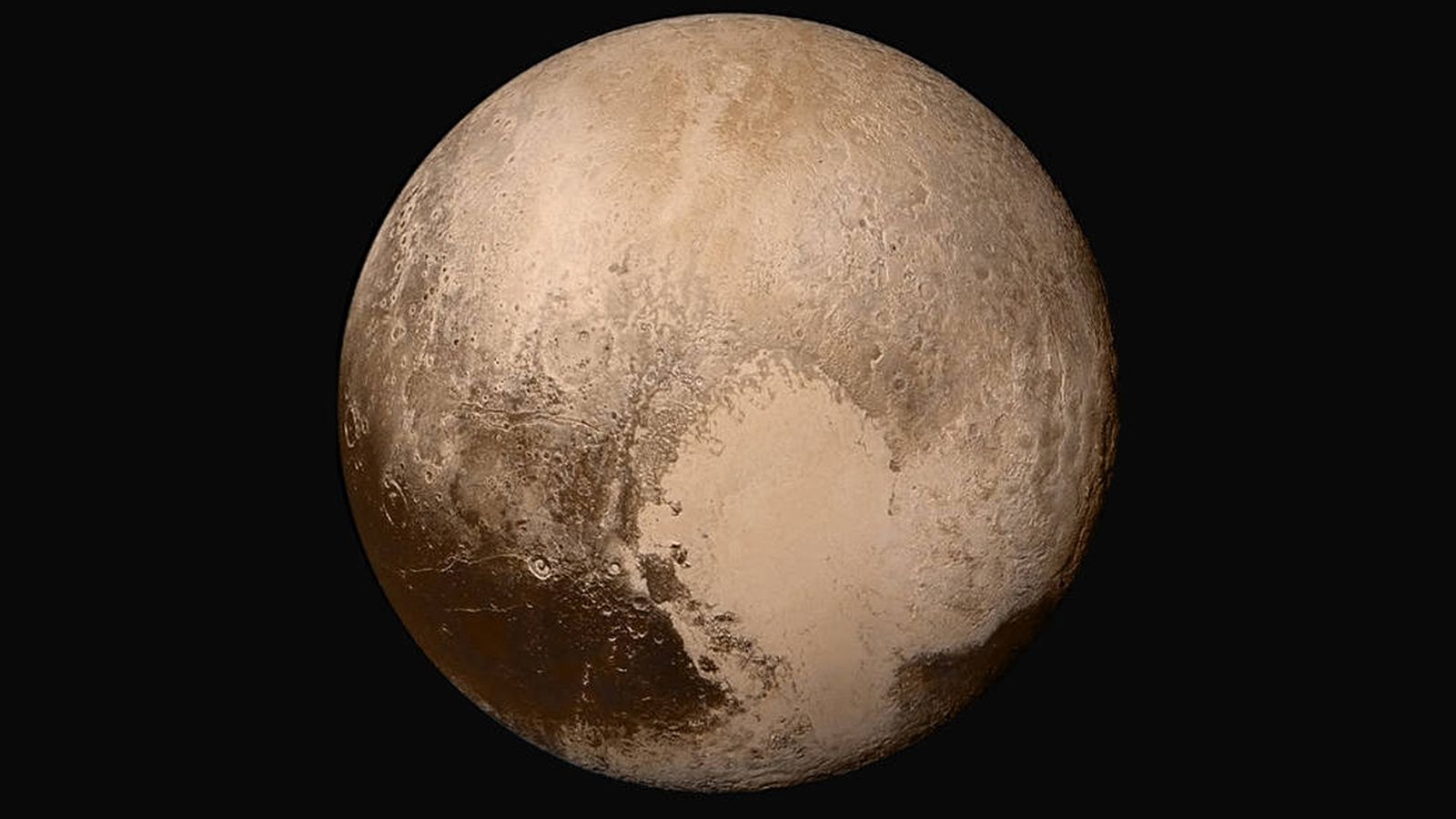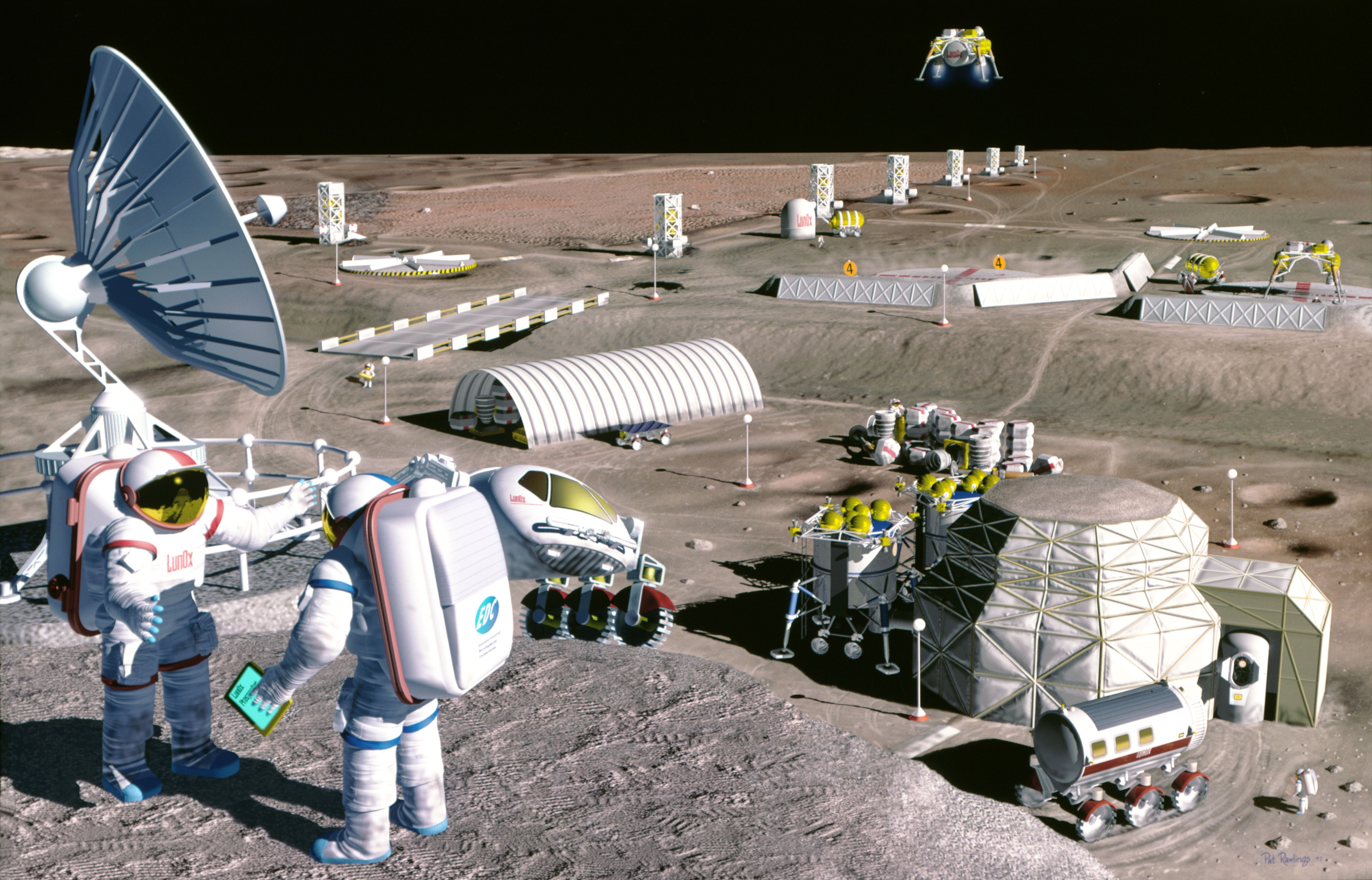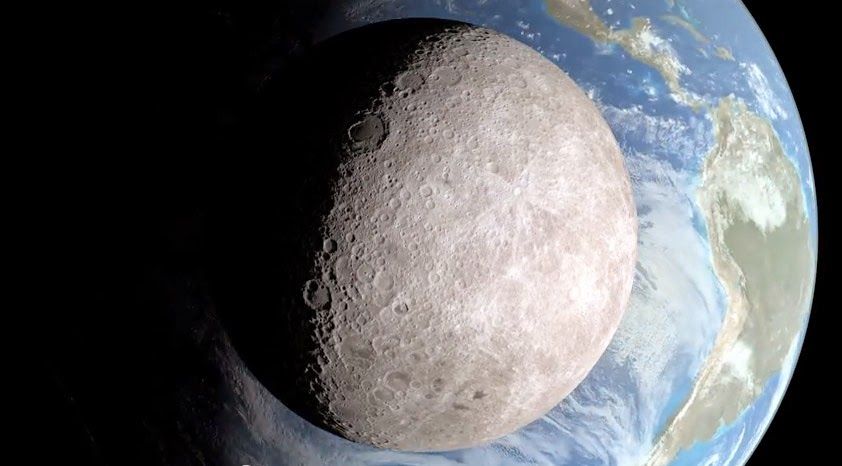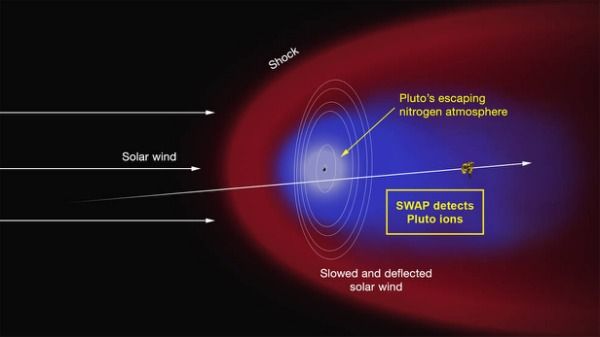Jul 24, 2015
NASA discovers first near-Earth-size planet in the habitable zone around a Sun-like star
Posted by Sean Brazell in category: space
This artist’s concept compares Earth (left) to the new planet, called Kepler-452b, which is about 60 percent larger in diameter (credits: NASA/JPL-Caltech/T. Pyle)

















